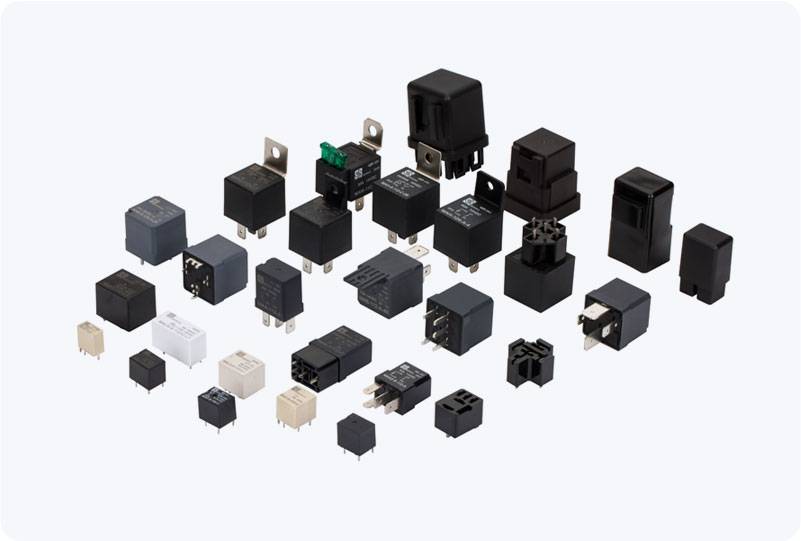The 30A High-Power Relay is an essential component used in a variety of electrical and electronic systems, particularly for controlling high-power loads with low-power control signals. This relay is designed to handle up to 30 amps of current, making it ideal for applications that require switching high-voltage or high-current circuits. In this article, we will explore the features, working principles, applications, and benefits of the 30A High-Power Relay.

What is a 30A High-Power Relay? A relay is an electrical switch that allows a low-power control circuit to control a high-power load. The 30A High-Power Relay, as the name suggests, is specifically designed to handle loads up to 30 amperes. This high current capacity makes it particularly useful for switching on and off devices that require significant power, such as motors, heating elements, and large appliances. Relays are typically used to control a high-power circuit by using a smaller control circuit. The 30A relay is specifically designed to manage higher voltage and current levels that might be impractical or unsafe for direct control by a microcontroller or other low-voltage control systems.